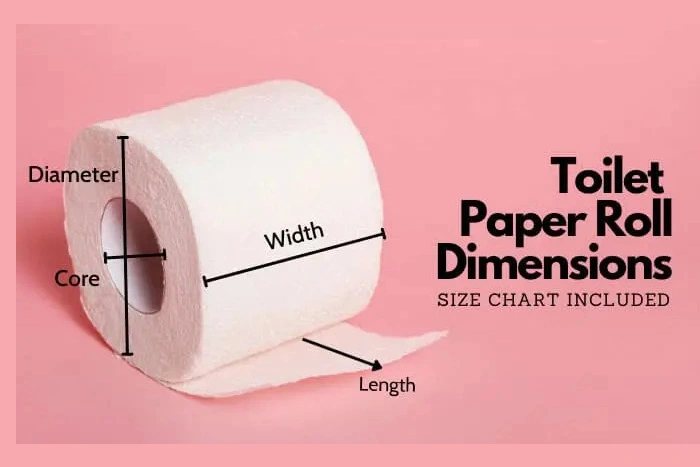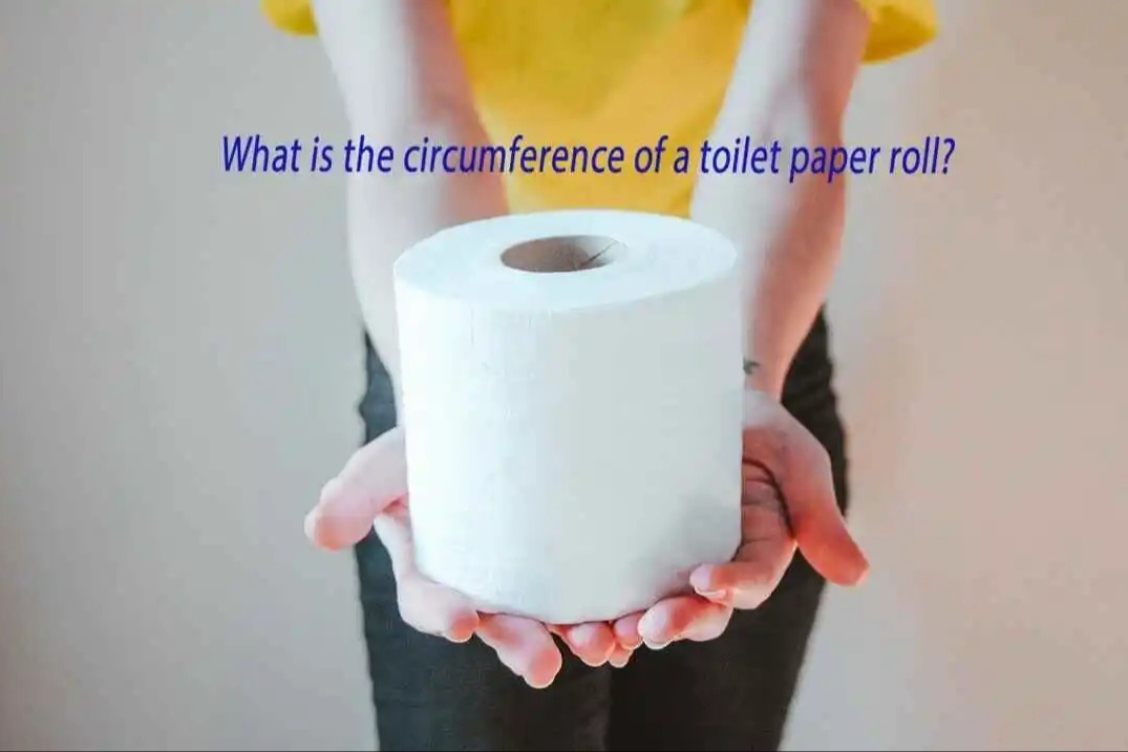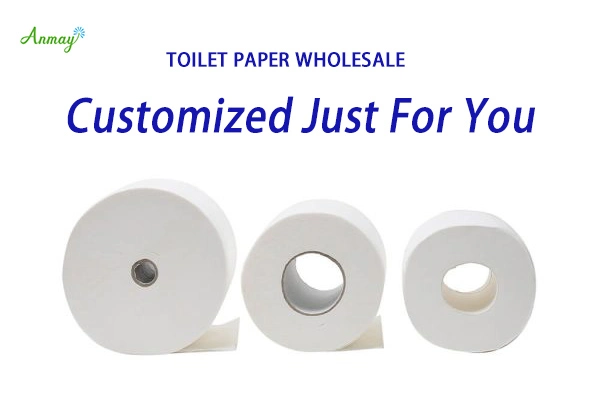Toilet paper is a staple in every household, but have you ever stopped to think about its history? Who invented it? When was toilet paper invented? In this article, we’ll take a deep dive into the surprising history of toilet paper.
The Early Days of Toilet Paper
Ancient Civilizations

The use of toilet paper dates back to ancient civilizations. In China, around 1391 AD, the Imperial Court used sheets of paper for personal hygiene. In Japan, the wealthy used paper made from bamboo and hemp to clean themselves. In Rome, people used a sponge attached to a stick, which was shared among members of the household.
Medieval Europe
In medieval Europe, people used a variety of materials for personal hygiene, including leaves, hay, and even their hands. However, the wealthy had access to more luxurious options such as wool, lace, or hemp.
The First Commercially Available Toilet Paper
Joseph Gayetty
In 1857, Joseph Gayetty invented the first commercially available toilet paper. It was made of hemp and was sold in packages of flat sheets. Each sheet was watermarked with Gayetty’s name, and the packaging claimed that the paper was the “greatest necessity of the age.”
Seth Wheeler
In 1871, Seth Wheeler patented a new type of toilet paper made from rolled and perforated sheets. This was the first time toilet paper was sold on a roll, making it easier to use and more convenient. Wheeler’s company, Albany Perforated Wrapping Paper Company, was the first to sell rolled and perforated toilet paper.
The Rise of Modern Toilet Paper
The Scott Brothers
In 1890, brothers Clarence and E. Irvin Scott founded the Scott Paper Company. They were the first to introduce toilet paper on a roll in the United States. The Scott brothers’ toilet paper was made from a softer paper, which was more comfortable to use than the rougher paper used by Gayetty and Wheeler.
The Role of Advertising

The Scott brothers were also pioneers in advertising. They marketed their toilet paper as “splinter-free” and “sanitary,” which appealed to consumers. They also introduced the concept of colored toilet paper, with pink and green being the most popular colors.
The Great Toilet Paper Shortage of 1973
In 1973, the United States experienced a toilet paper shortage due to a combination of factors, including increased demand, reduced production, and panic buying. This shortage led to the introduction of two-ply toilet paper, which was more absorbent and softer than the single-ply paper that was commonly used at the time.
Toilet Paper Today
Environmental Concerns
In recent years, there has been a growing concern about the environmental impact of toilet paper production. The production of toilet paper requires cutting down trees, and the bleaching process used to make the paper white can release harmful chemicals into the environment.
To address these concerns, many companies now offer eco-friendly toilet paper made from recycled materials or bamboo, which is a more sustainable option.
Technological Advancements
Technology has also played a role in the evolution of toilet paper. In 2015, a company called Smartwell introduced a toilet paper dispenser that uses sensors to determine when the roll needs to be replaced. This technology helps reduce waste and ensures that there is always toilet paper available in public restrooms.
Fun Facts About Toilet Paper
- The average person uses 100 rolls of toilet paper per year.
- The first recorded use of the word “toilet paper” was in 1884.
- In the early 1900s, Sears and Roebuck catalog pages were used as toilet paper.
- The most expensive toilet paper in the world is made from 22-carat gold flakes and costs $1.3 million per roll.
Conclusion
Toilet paper has come a long way since its invention in ancient civilizations. From leaves and hay to soft, two-ply rolls, toilet paper has evolved to become an essential part of our daily lives. As technology and environmental concerns continue to shape the industry, it will be interesting to see what the future holds for this household staple.





